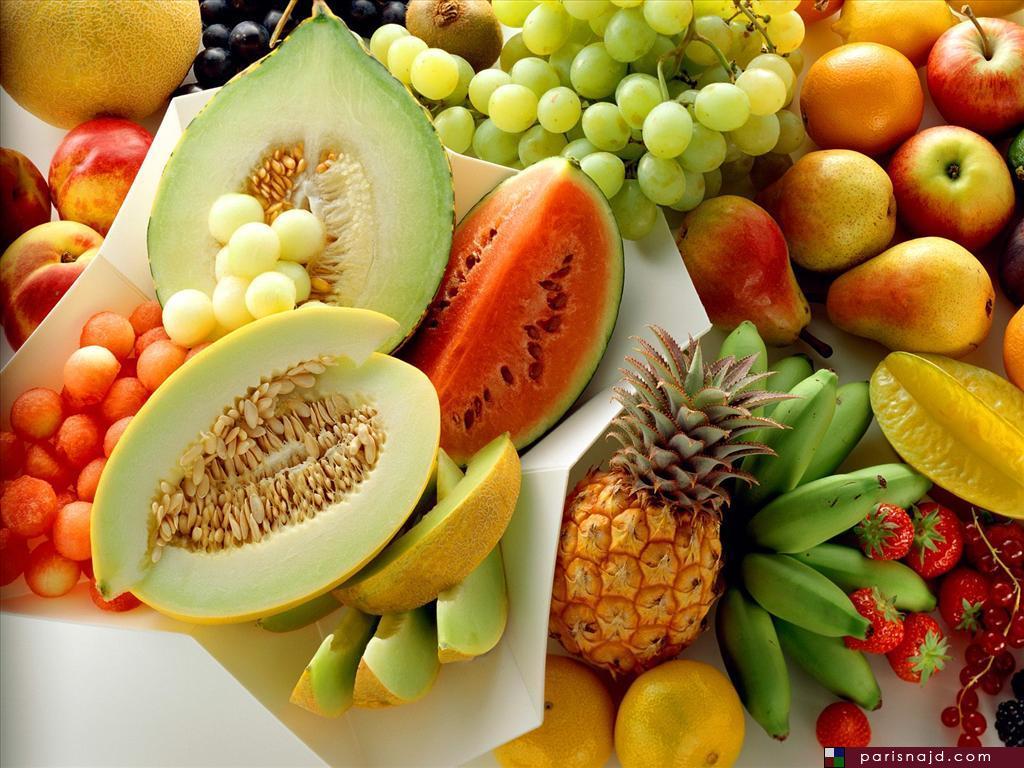12 January, 2021
vitamins
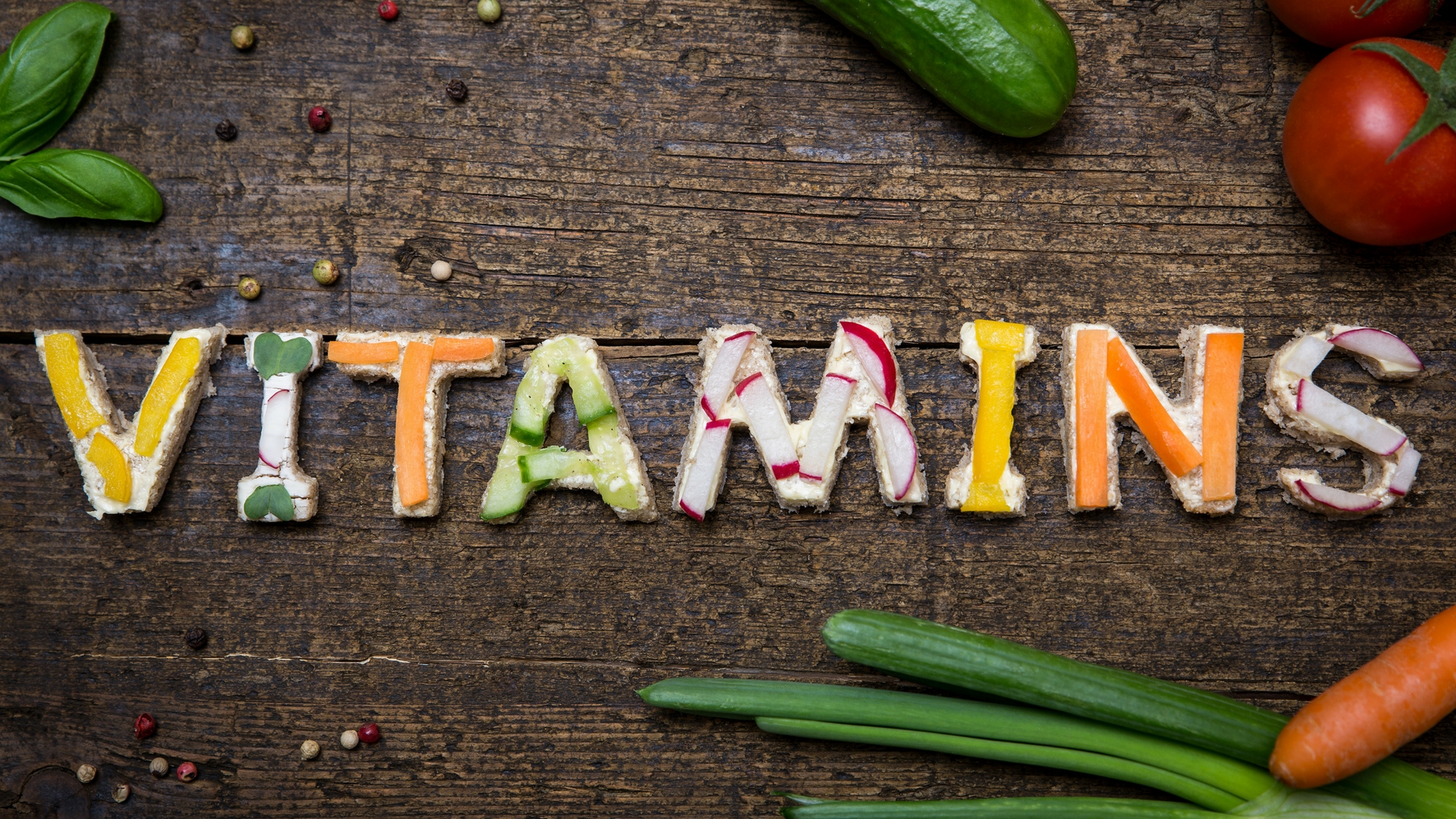
A vitamin is an organic molecule that is an essential micronutrient which an organism needs in
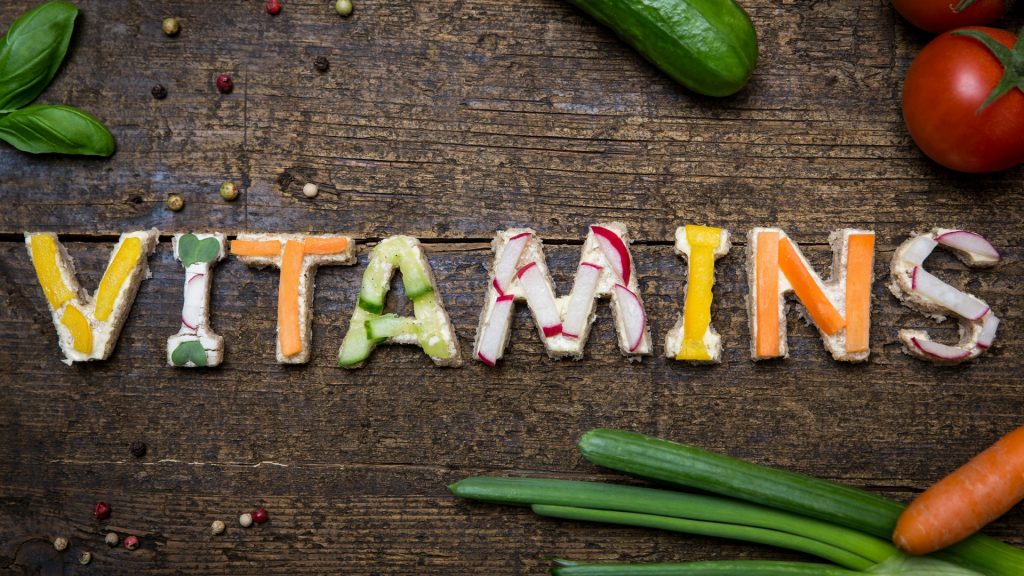
The word “vitamin” was coined in 1911 by the Warsaw-born biochemist Casimir Funk (1884-1967). At the Lister Institute in London, Funk isolated a substance that prevented nerve inflammation (neuritis) in chickens raised on a diet deficient in that substance. He named the substance “vitamine” because he believed it was necessary to life and it was a chemical amine. The “e” at the end was later removed when it was recognized that vitamins need not be amines.
The letters (A, B, C and so on) were assigned to the vitamins in the order of their discovery. The one exception was vitamin K which was assigned its “K” from “Koagulation” by the Danish researcher Henrik Dam.
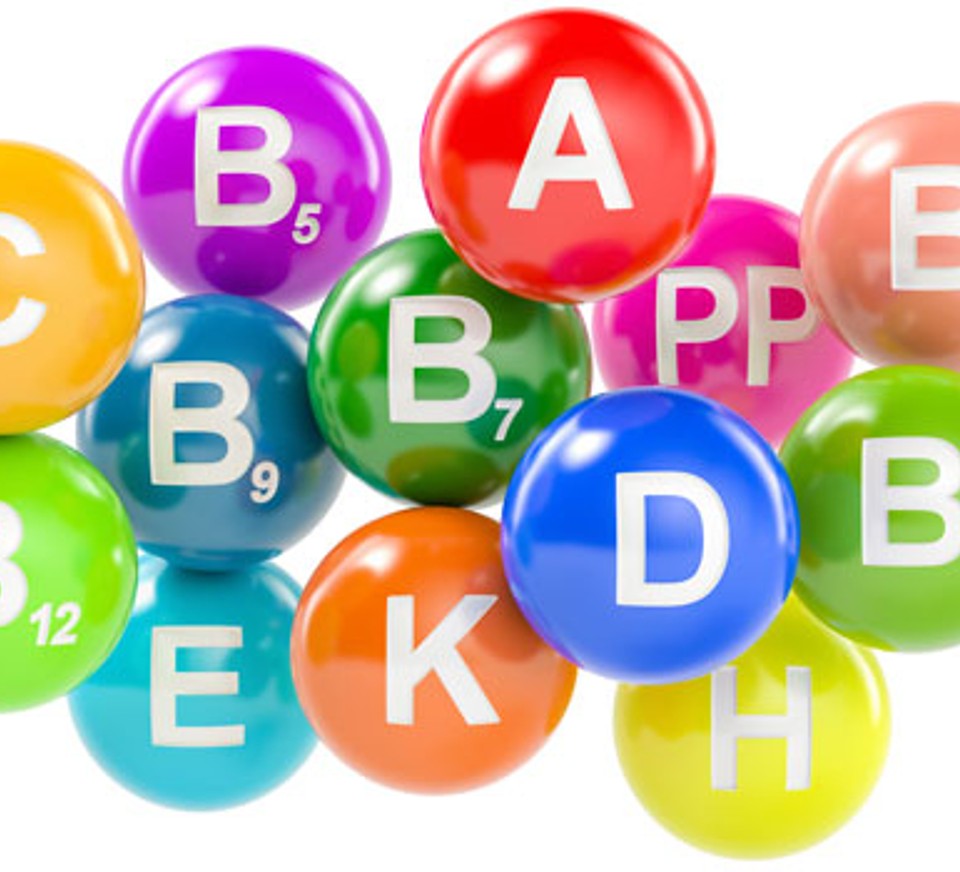
Vitamin A: Retinol. Carotene compounds responsible for transmitting light sensation in the retina of the eye. Deficiency leads to night blindness.
Beta carotene: An antioxidant which protects cells against oxidation damage that can lead to cancer. Beta carotene is converted, as needed, to vitamin A. Food sources of beta carotene include vegetables such as carrots, sweet potatoes, spinach and other leafy green vegetables; and fruit such as cantaloupes and apricots. Excessive carotene in the diet can temporarily yellow the skin, a condition called carotenemia, commonly seen in infants fed largely mushed carrots.
Vitamin B1: Thiamin, acts as a coenzyme in body metabolism. Deficiency leads to beriberi, a disease of the heart and nervous system.
Vitamin B2: Riboflavin, essential for the reactions of coenzymes. Deficiency causes inflammation of the lining of the mouth and skin.
Vitamin B3: Niacin, an essential part of coenzymes of body metabolism. Deficiency causes inflammation of the skin, vagina, rectum and mouth, as well as mental slowing.
Vitamin B6: Pyridoxine, a cofactor for enzymes. Deficiency leads to inflammation of the skin and mouth, nausea, vomiting, dizziness , weakness and anemia.
Folate (folic acid): Folic acid is an important factor in nucleic acid synthesis (the genetic material). Folate deficiency leads to megaloblastic anemia.
Vitamin B12: An essential factor in nucleic acid synthesis (the genetic material of all cells). Deficiency leads to megaloblastic anemia, as can be seen in pernicious anemia.
Vitamin C: Ascorbic acid, important in the synthesis of collagen, the framework protein for tissues of the body. Deficiency leads to scurvy, characterized by fragile capillaries, poor wound healing, and bone deformity in children.
Vitamin D: A steroid vitamin which promotes absorption and metabolism of calcium and phosphorus. Under normal conditions of sunlight exposure, no dietary supplementation is necessary because sunlight promotes adequate vitamin D synthesis in the skin. Deficiency can lead to osteomalacia in adults and bone deformity (rickets) in children.
Vitamin E: Deficiency can lead to anemia.
Vitamin K: An essential factor in the formation of blood clotting factors. Deficiency can lead to abnormal bleeding.
List of High Vitamin Foods
1:Fish
Fish is a good source for 9 of 14 essential vitamins.
These include Vitamins A, B1, B2, B3, B5, B6, B12, D, and E. Among all fish Tuna and Trout provide the most vitamins but be sure to eat a wide variety of fish for a healthy diet.
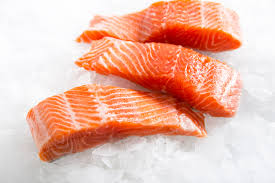
2:Dark Leafy Greens
Dark Leafy Greens are a good source for 8 of 14 essential vitamins.
These include Vitamins A, B2, B3, B6, B9, C, E, K, and Beta-Carotene. While all dark leafy greens are great, extra nutrient-dense sources include spinach and kale.
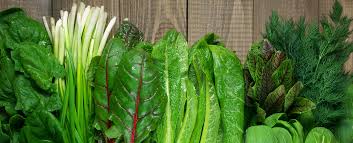
3:Seeds
Seeds are a good source for 6 of 14 essential vitamins.
These include Vitamins B1, B2, B3, B5, B5, B6, and E. Vitamin rich choices for seeds include sunflower and flax seeds.
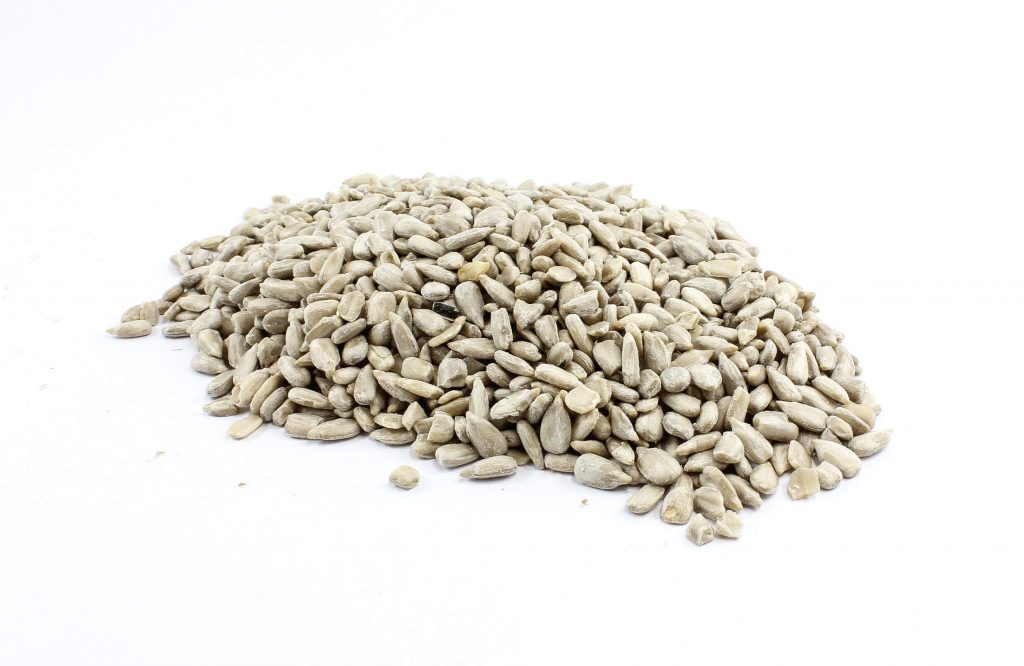
4:Broccoli
Broccoli is a good source for 6 of 14 essential vitamins.
These include Vitamins A, B9, C, E, K, and Beta Carotene. Other nutritious cruciferous vegetables include brussels sprouts, cabbage, and cauliflower
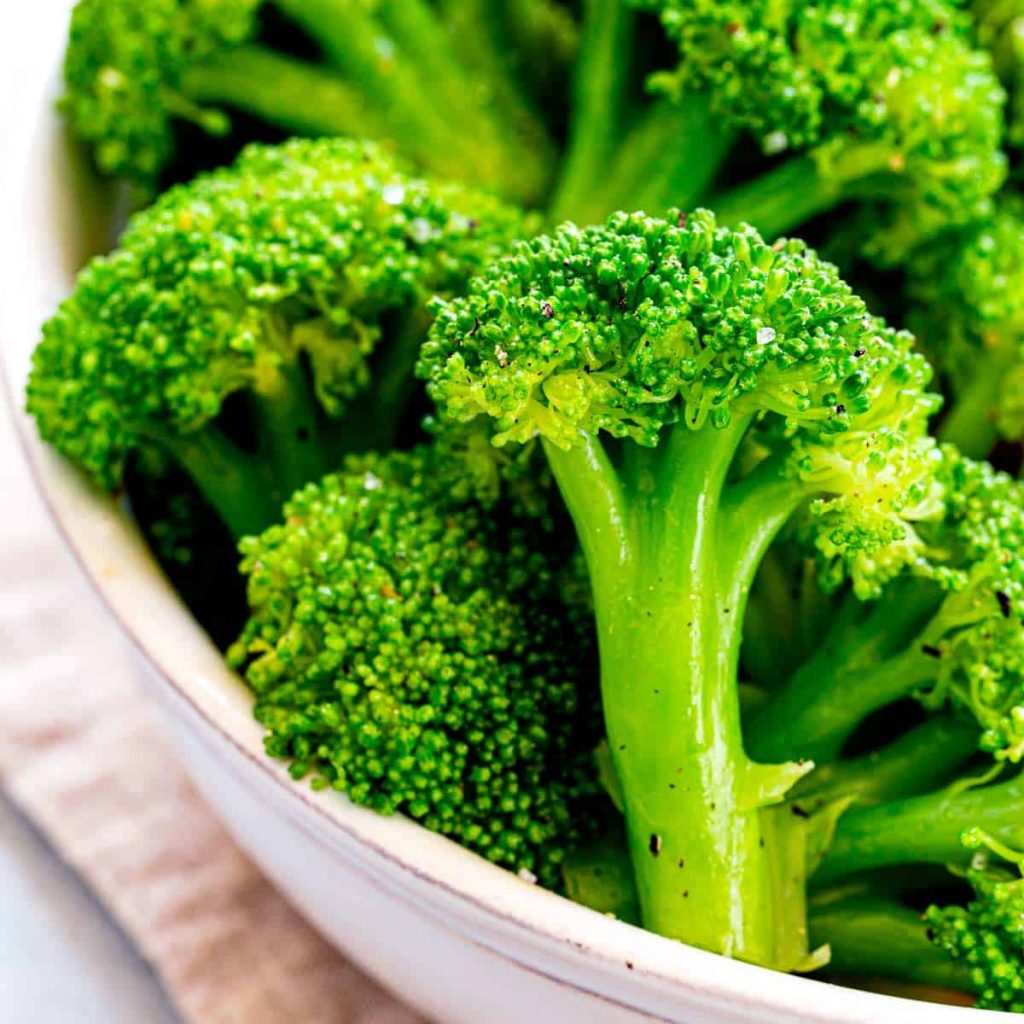
5: Beef and Lamb
Beef and lamb is a good source for 5 of 14 essential vitamins.These include Vitamins B2, B3, B5, B6, and B9. To reduce calories,
leaner cuts of beef and lamb are recommended.
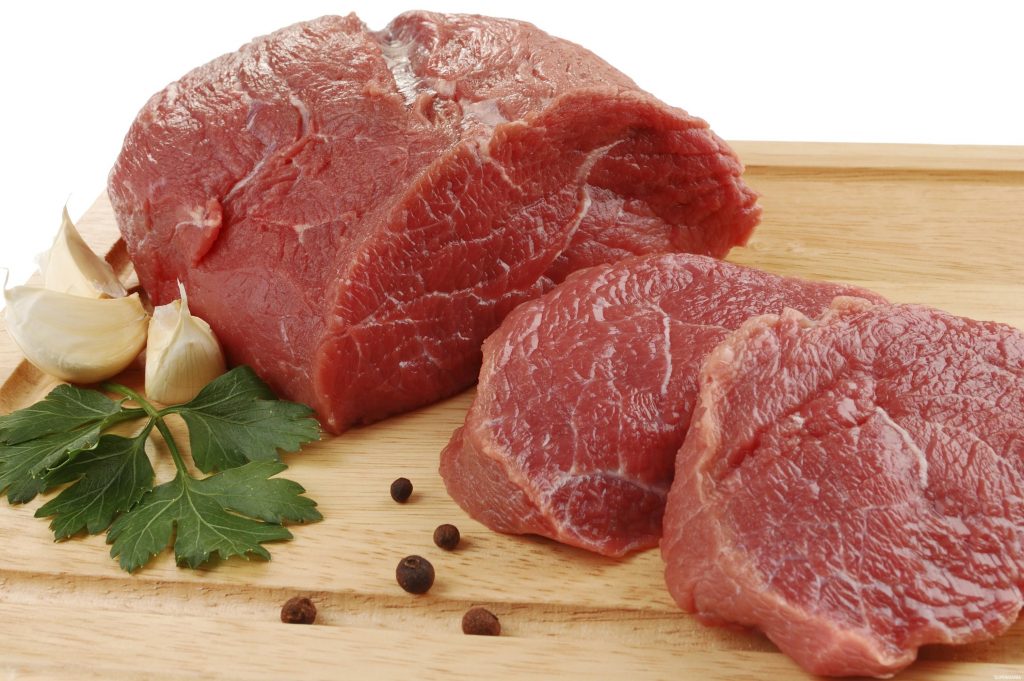
6:Mushrooms
Mushrooms are a good source for 4 of 14 essential vitamins.
These include Vitamins B2, B3, B5, and D. Mushrooms are highly nutritious while being low in carbs and calories. Good choices include portobello, cremini (button), and shiitake mushrooms.
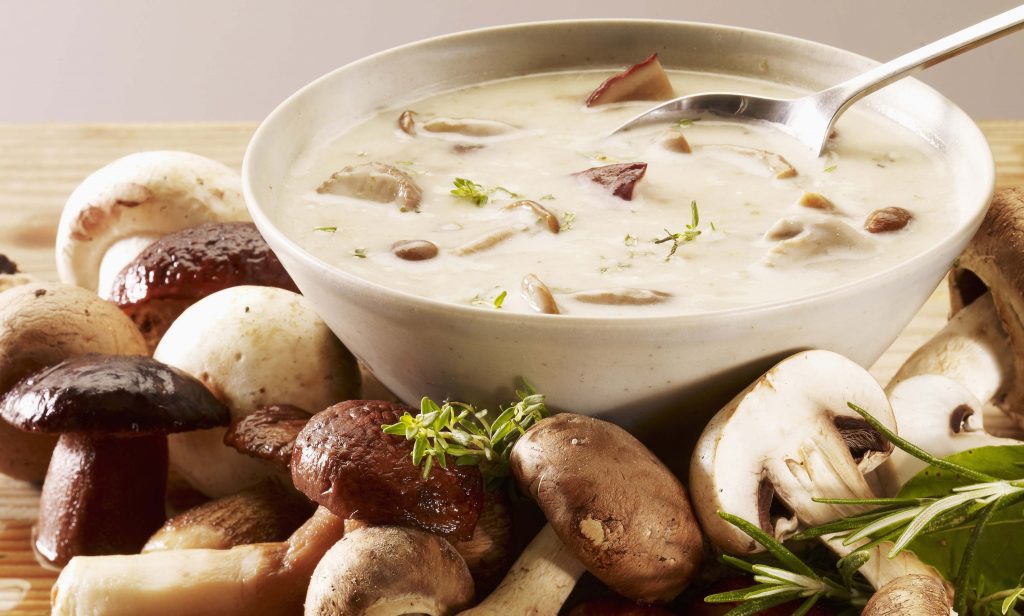
7:Nuts
Nuts are a good source for 4 of 14 essential vitamins.
These include Vitamins B1, B2, B6, and E. Nuts are a heart-healthy, cholesterol-lowering snack. Try not to have more than 1-2 handfuls a day. Good choices for nuts include almonds and walnuts.
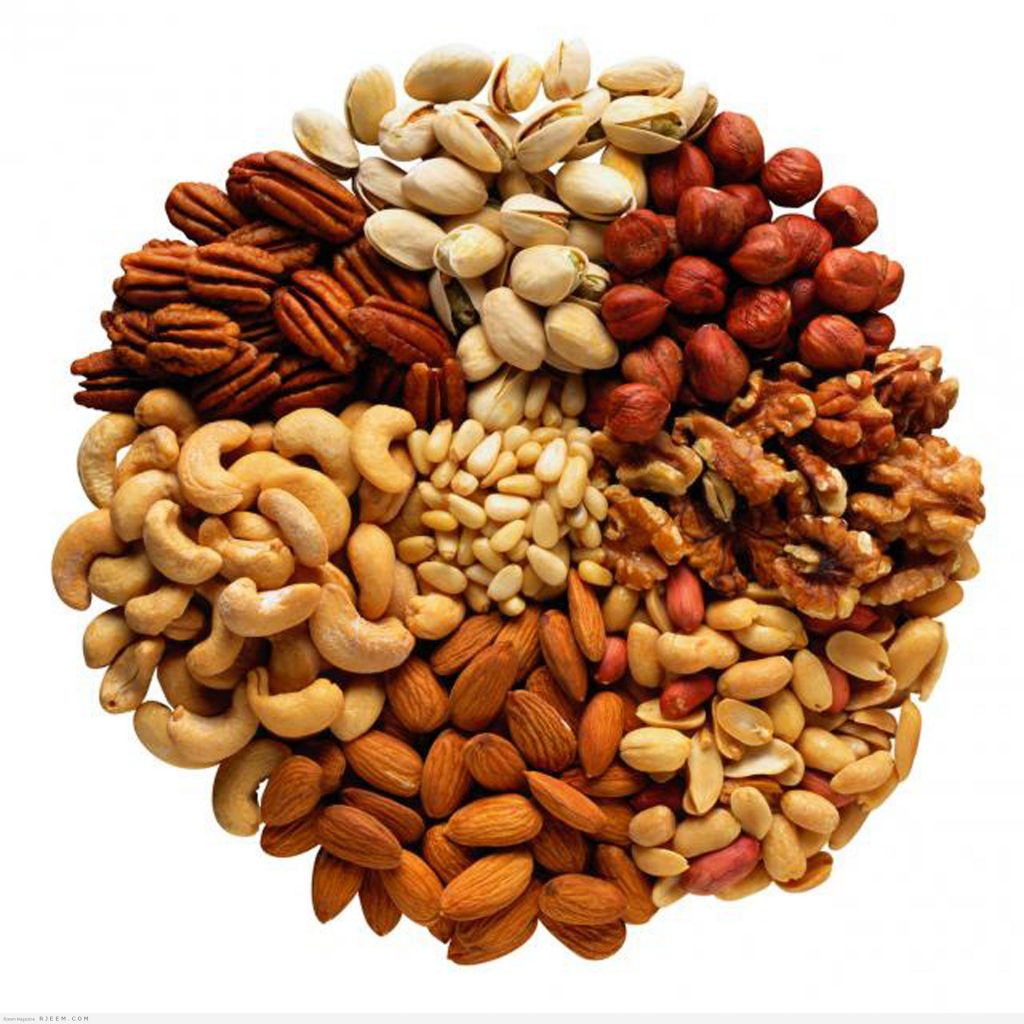
8:Eggs
Eggs are a good source for 4 of 14 essential vitamins.
These include Vitamins B2, B5, B12, and D. While eggs are now considered heart healthy, they are still high in cholesterol, so try not to eat more than 2 a day.
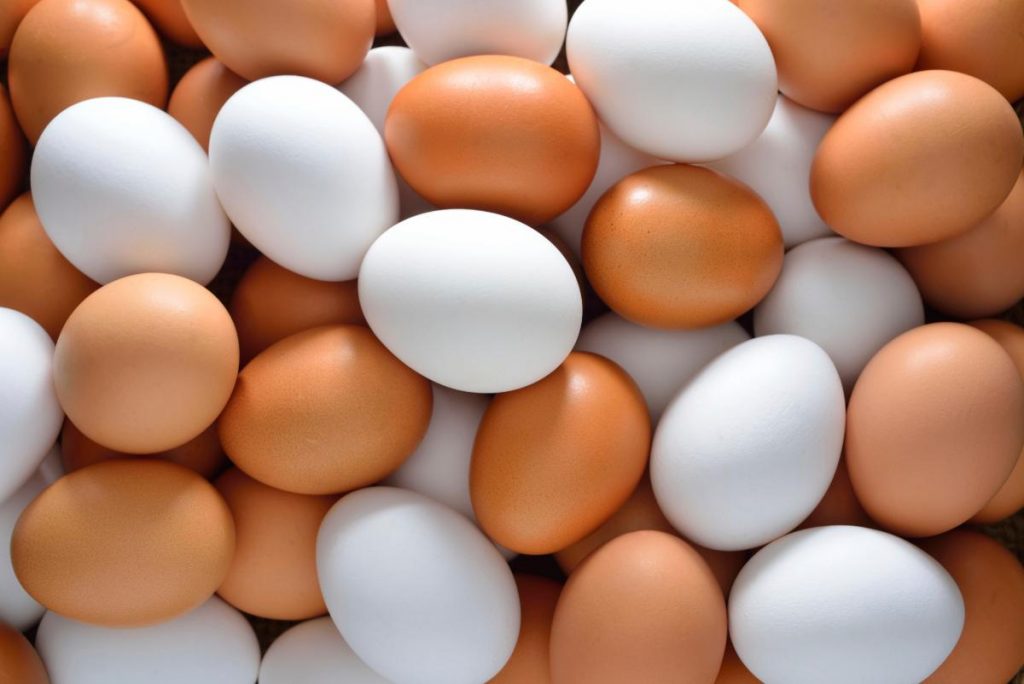
9:Sweet Bell Peppers
Bell Peppers are a good source for 4 of 14 essential vitamins.
These include Vitamins A, and C, Beta-Carotene, and Lycopene. Bell Peppers are one of the foods highest in vitamin C. Colorful red and yellow peppers have higher amounts of beta-carotene and lycopene than green peppers.
10:Dried Fruits
Dried Fruits are a good source for 4 of 14 essential vitamins.
These include Vitamins A, B6, K, and Beta Carotene. Dried fruits are high in sugar, try not to eat more than 1 handful a day.
11: fruits
Fruits are a good source for essential vitamins.
